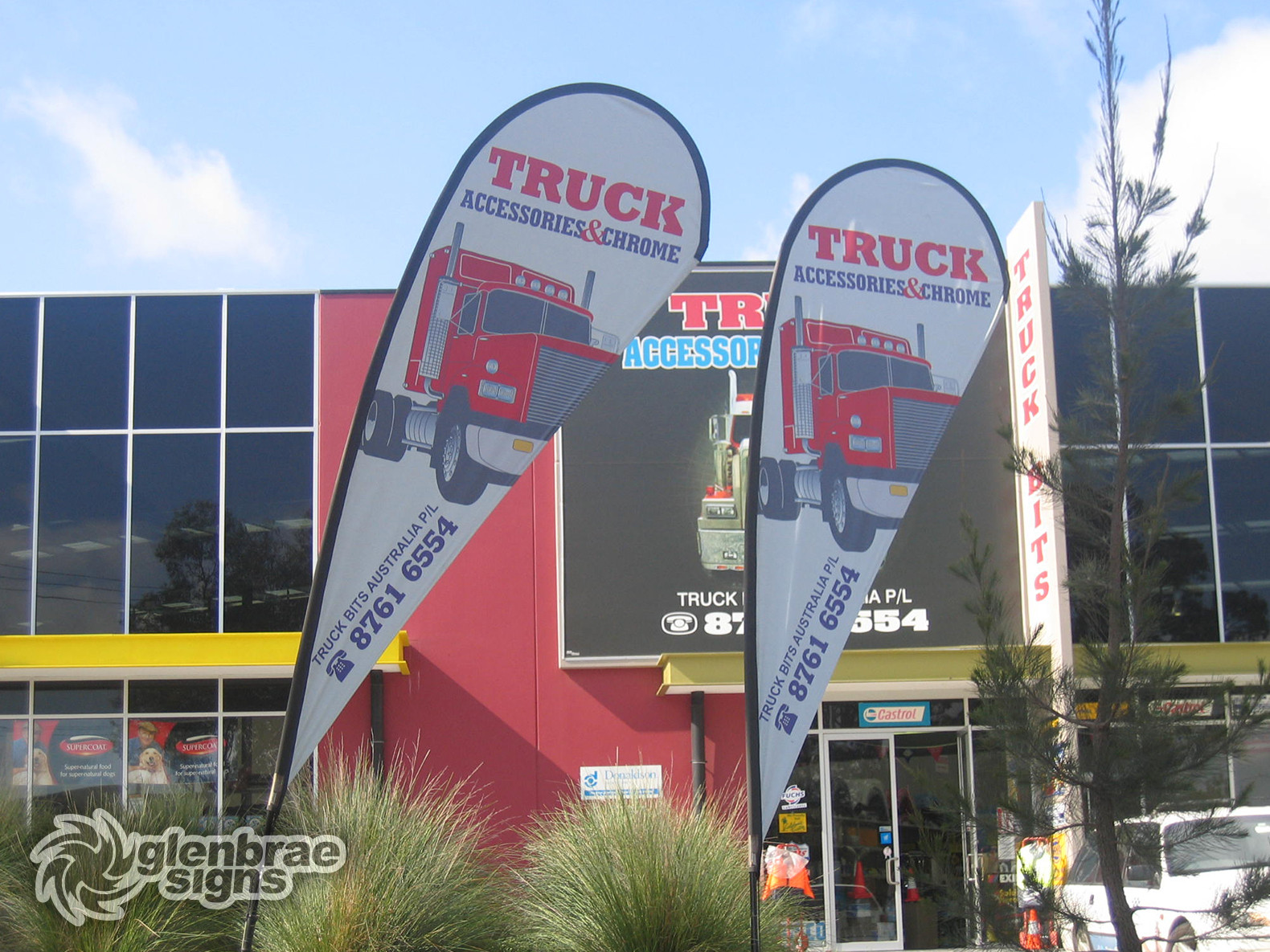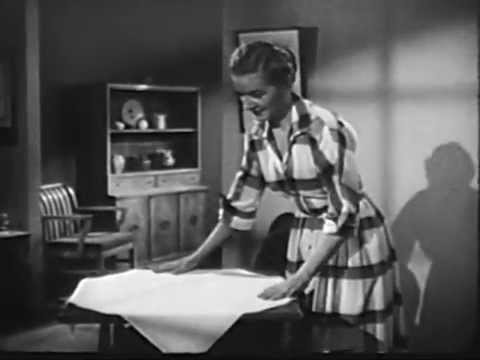
Burkett Outdoor Advertising has been in operation for more than 30 years. It is headquartered in Amarillo, Texas and serves the cities of San Antonio, TX and Austin, TX. Beau Burkett and Randy Burkett control the company.
Bill Salter Outdoor Advertising
A local business owner filed a complaint last week alleging that Burkett Outdoor Advertising digital billboards located in downtown San Antonio had violated state ethics laws. These included those regarding the purchase of ad spaces. Jim Persons, who is in favor of the downtown baseball park project, filed the complaint.

The signs violated state law, according to the business owner. They do not contain a TEC right of way notice and they did not disclose the fact that Tim Benson bought the ad space. The campaign is not paid for, according to the business owner.
TEC Rejects a Complaint from a Businessowner
Persons, who is the owner of an insurance agency and filed the complaint on Oct. 12. The TEC rejected it. The commission said in a statement that the complaint was based on technical errors.
The TEC cited the "simple errors” in the information in its rejection letter. It said that the information on the ads stating that Benson purchased the ad space is impossible to read and failed to include a TEC right-of-way statement as required by law.
The question of whether these errors were serious or not is still open for discussion. The TEC did not respond to inquiries from reporters Wednesday.

Unconstitutional is the City's Sign Ordinance
The fundamental legal issue in this case revolves around the constitutionality or City ordinance that requires Salter obtain permits to put up advertising signs outside of his home. Salter challenges the City’s municipal code ("Ordinance") which governs the location of outdoor advertising signs and their setbacks, heights, frequency and other regulations. The court is to determine whether the Ordinance's face and application is constitutional. The court must decide if the Ordinance discriminates against commercial or noncommercial advertisements.
FAQ
What is an advertiser buyer?
Advertisers buy advertising space on television, radio, and print media.
Advertisers pay for the time their message appears.
They don't necessarily look for the best advertisement, but instead seek out the most effective way to reach their target market.
An advertiser might have details about potential customers, including their age, gender and income.
Advertisers can use these data to determine the best medium for them. They may decide that direct mail works better with older people.
Advertisers also check out the competition. Advertisers will look at the competition to see if similar businesses are nearby.
In addition, advertisers consider the size of their budget and the amount of time they have to spend their money before it expires.
What is branding?
Your brand is the way you express who you are and what your stand for. It's how people remember you and your name.
Branding is about creating a unique identity that distinguishes your company. Branding is more than a logo. It encompasses everything, from the physical appearance of your company to the voice and tone used by your employees.
Customers feel more confident buying from your company if they have a solid brand. They know what they're getting. And it gives them confidence in choosing your products over those of competitors.
Apple is a good example of a company that has a strong brand. Apple is a well-known brand for its elegant design, high quality products and excellent customer service.
Apple has been synonymous with technology since its inception. Apple is what people associate with when they see a phone or computer.
If you're considering starting a new business, you should consider developing a brand before launching. This will give you and your business a face.
How can I select my target audience?
Start with yourself and those close to you. Ask yourself "Who am I trying reach?" if you aren't sure where to start.
Ask yourself these questions: Who are the most influential people in my industry? What problems do they deal with daily? What are their top talents? They hang out online.
Return to the beginning. Why did you start? What problem did you solve for yourself, and how did you do it?
These answers will help to identify your ideal clients. This will allow you to learn more about your ideal customers and their motivations for buying from you.
It is also possible to look at the websites and social networks pages of your competitors to get insight into who they cater.
Once you have identified the target customers, it is time to decide what channel(s) you want to use to reach them. If your company offers services to real estate agents you might make a website that targets home buyers.
If your company provides software to small businesses, you might consider creating a blog for those owners.
If you sell clothing, you could create a Facebook page for teens. You could also set up a Twitter account if your restaurant is a business owner to help parents find kid-friendly restaurants.
The important thing is that you have many options for getting your message across.
What is an advertising campaign?
An advertisement campaign is a series containing advertisements to promote a product. It can also refer entirely to the production of such ads.
"Ad" is a Latin word that means "to sell." Marcus Terentius Varro, 116-27 BC, was the first to use it. He used it as a verb that meant "to make a sales."
Advertising campaigns are typically done by large agencies and companies. They may involve many different media types, including print, television, radio, internet, etc.
Advertising campaigns are typically long-lasting and have clear goals. Campaigns can be targeted at increasing awareness or sales, for example.
What do you need to know about print advertising?
Print advertising is a good medium to communicate effectively with consumers. Many companies use print advertising to promote their products. The goal is to get the consumer's attention.
Print ads are usually one page in length and can include text, images and logos. Print ads can also contain sound, animation, videos, and hyperlinks.
The following categories are the most common types of print advertisements:
1. Brochures - Large format printed brochures are used to draw people in to stores. They are often filled with colorful images and catchy designs.
2. Catalogues – These are smaller versions to brochures. These are typically sent to customers who ask for specific information.
3. Flyers - These small pieces of paper are distributed at events like fairs and concerts. If they are given out at retail outlets, they can be obtained for free, but you must pay for them.
4. Flyers are also available in posters. They are displayed on walls, fences, and buildings. These are often created with computer software programs to grab the attention of passersby.
5. Direct mail – These are direct mail letters and postcards sent to potential customers. These cards are sent by companies periodically to remind their customers about their company.
6. Newspaper Ads – These are ads that appear in newspapers or magazines. They are usually very long and contain text and images.
How much does advertising on social media cost?
You should be aware that social media advertising costs money. You will be charged monthly for your time spent on each platform.
Facebook: $0.10 per 1,000 impressions
Twitter - $0.20/1000 impressions (if applicable)
Linkedin - $0.30 per 1,000 impressions if you send out invitations
Instagram: $0.50 per 1,000 impressions
Snapchat - $0.60 per 1,000 impressions ($0.40/user)
YouTube - $0.25/1000 views
Tumblr - $0.15 per 1,000 impressions for text posts.
Pinterest - $0.05 per 1,000 impressions per month
Google + - $0.15 - $0.20 per 1 Million Impressions
Tumblr: $0.15-$.20 per 100,000 impressions
Vimeo - $0.20 - $0.25 for 10,000 impressions
Soundcloud – $0.20-$0.25 for 1 million plays
StumbleUpon - $0.20 -$0.25 per 1 billion pageviews
Digg: $0.20 – $0.25 per 1,000 diggs
Reddit: $0.20-$0.25 for 1000 comments
Wordpress - $0.20--$0.25 per 500 comments
Flickr - $0.20 -- $0.25 per 5,000 photo uploads
Is there a way to get no cost traffic?
Refers to traffic that comes from organic search results, without the need for advertising. This type of traffic is called natural or organic traffic. There are many options to get free traffic like article marketing and social media marketing.
Article Marketing is an excellent way to generate free traffic. The CPC is usually very cheap compared to paid ads. Content marketing is also known by the term article marketing.
Social Media Marketing- You can promote your business using social media sites like Facebook and Twitter. These sites allow you to update, share photos, and develop relationships with people who could become customers. Many businesses pay to advertise on social media sites because they want to reach more people at a cheaper price.
Blogging – Blogging is another way to get free traffic. Writing quality content that people like reading will help you attract visitors. Once you're attracting visitors, you can monetize your blog by selling products or services.
Email Marketing - Although email marketing has been around since before the advent of the Internet it is still one of the most effective ways to drive traffic and sales to your site. Sending emails regularly is a good strategy to grow your list of subscribers and eventually sell them something.
Statistics
- This means that at least 50% of an ad needs to be shown on the screen for at least one second. (quicksprout.com)
- In 1919 it was 2.5 percent of gross domestic product (GDP) in the US, and it averaged 2.2 percent of GDP between then and at least 2007, though it may have declined dramatically since the Great Recession. (en.wikipedia.org)
- Worldwide spending on advertising in 2015 amounted to an estimated US$529.43 billion. (en.wikipedia.org)
- Advertising's projected distribution for 2017 was 40.4% on TV, 33.3% on digital, 9% on newspapers, 6.9% on magazines, 5.8% outdoor, and 4.3% on radio. (en.wikipedia.org)
External Links
How To
How do you place an ad on a billboard
Billboards were popularized by the United States Army during World War II. They became a standard fixture along roadsides and highways. Most billboards contain text advertising. However, some have photographs or art. Most billboards are static. However, others display messages that can change often, such as weather forecasts or stock prices.
While most billboards are outdoors displays, indoor versions are available. While outdoor billboards are often seen by people passing by, indoor ones might only be seen once in a few years. A cubic billboard, which is the most commonly seen type of outdoor billboard, is made up three layers. These include two sheets of glass sandwiched with a layer containing fiberglass mesh. This design allows air movement through the billboard. It is cool in hot weather, and warm when it's cold.
Billboard Advertising Inc. has many of North America's most prominent billboard advertising firms. Advertisers pay them to advertise on their billboards. These companies then offer space on their billboards for advertisers. These spaces are sold to advertisers depending on the amount they plan to spend on advertising. They choose the best areas for their ads based primarily on the location of people who drive or walk most often.
In addition to selling ad space, Billboard Advertising Inc. has contracts with local governments to erect signs on city property. Some cities allow billboards everywhere, others only in certain areas. Chicago, for example requires that billboards are no higher than 1,000 feet from any highway. Other cities place restrictions on billboards being placed closer than 500ft from schools or churches.
Billboard Advertising Inc. has contracts to promote products and services throughout the United States, including Florida, California, Nevada, Texas, Arizona, New Mexico, Colorado, Washington, Oregon, Idaho, Utah, Wyoming, Alaska, Hawaii, Canada, Puerto Rico, Guam, Virgin Islands, and American Samoa.